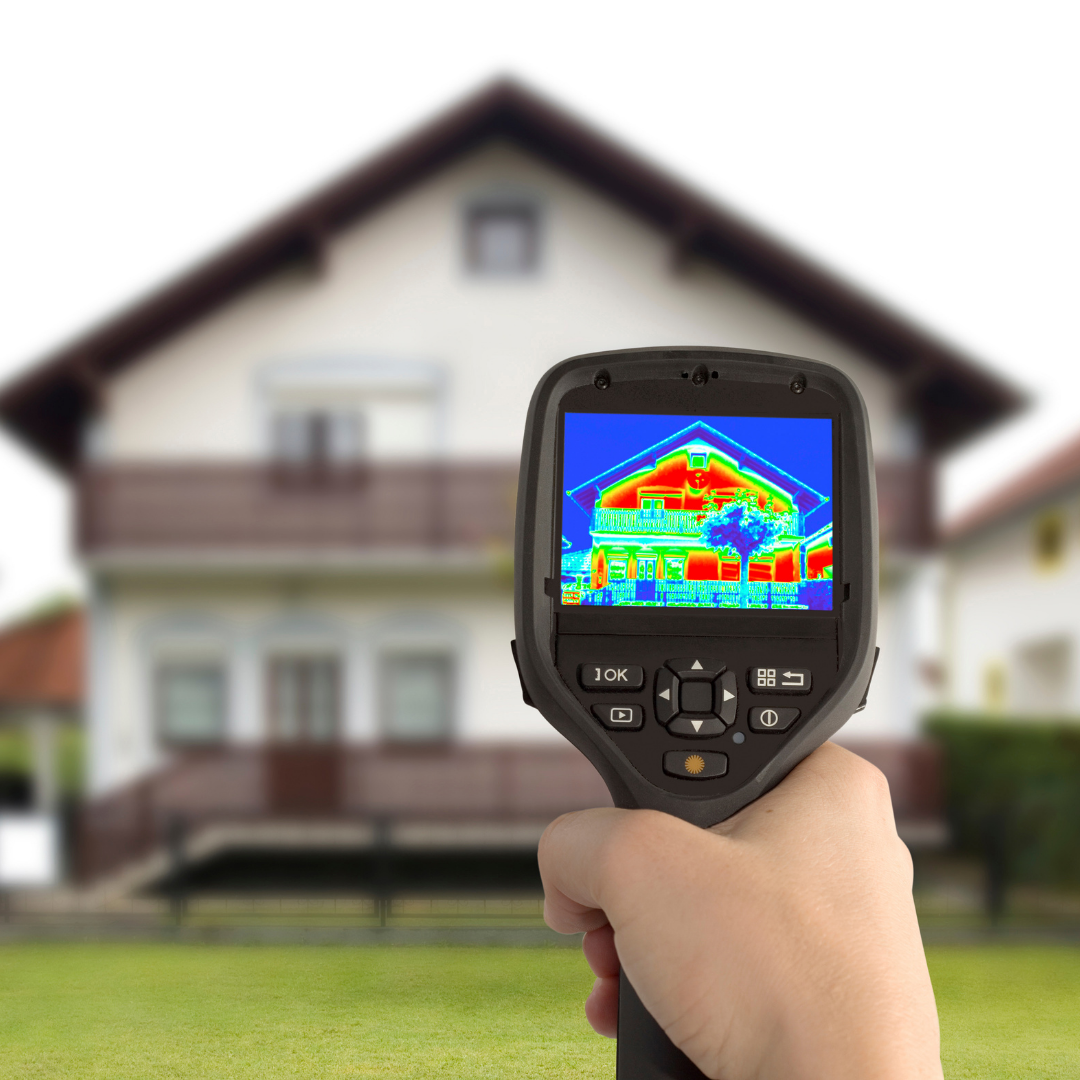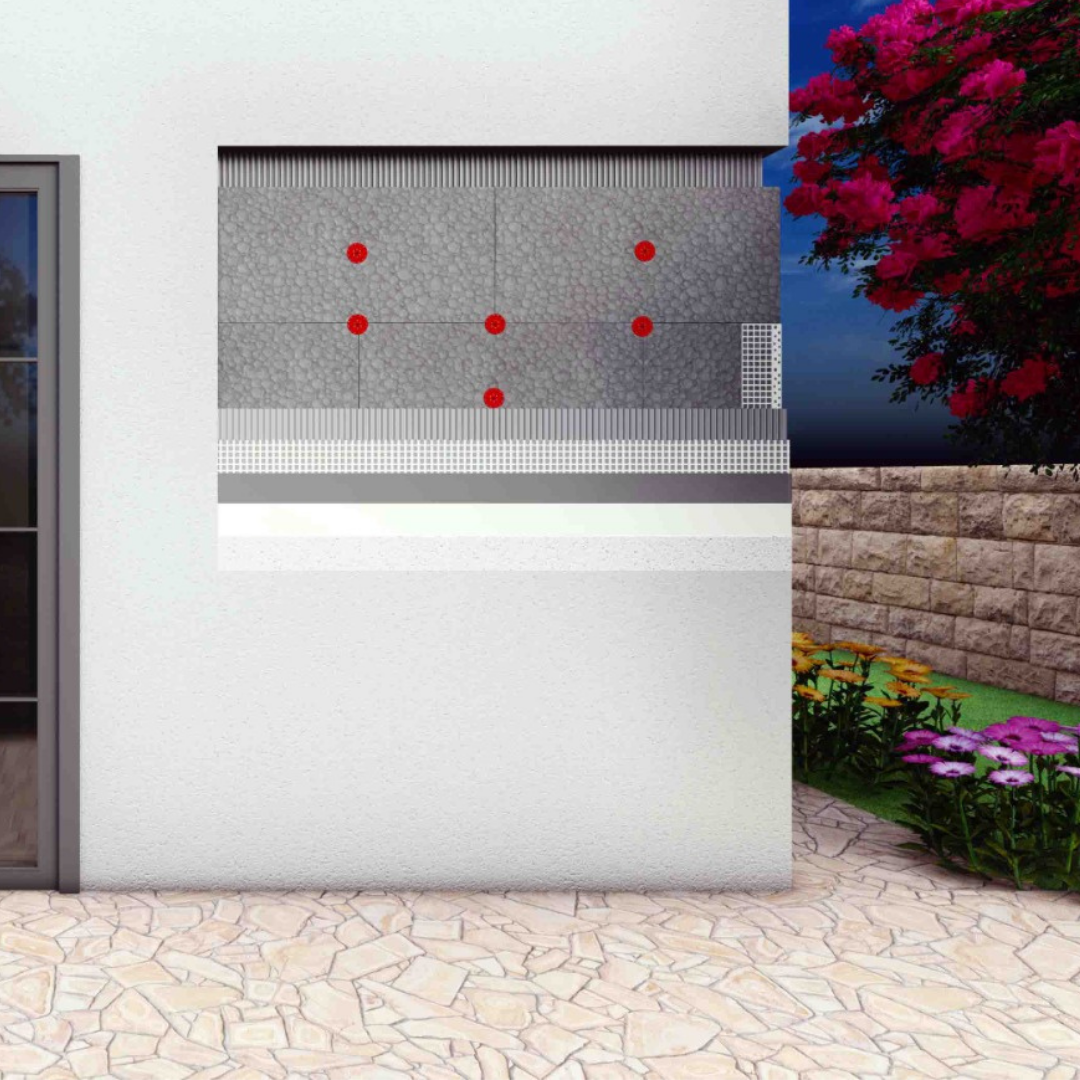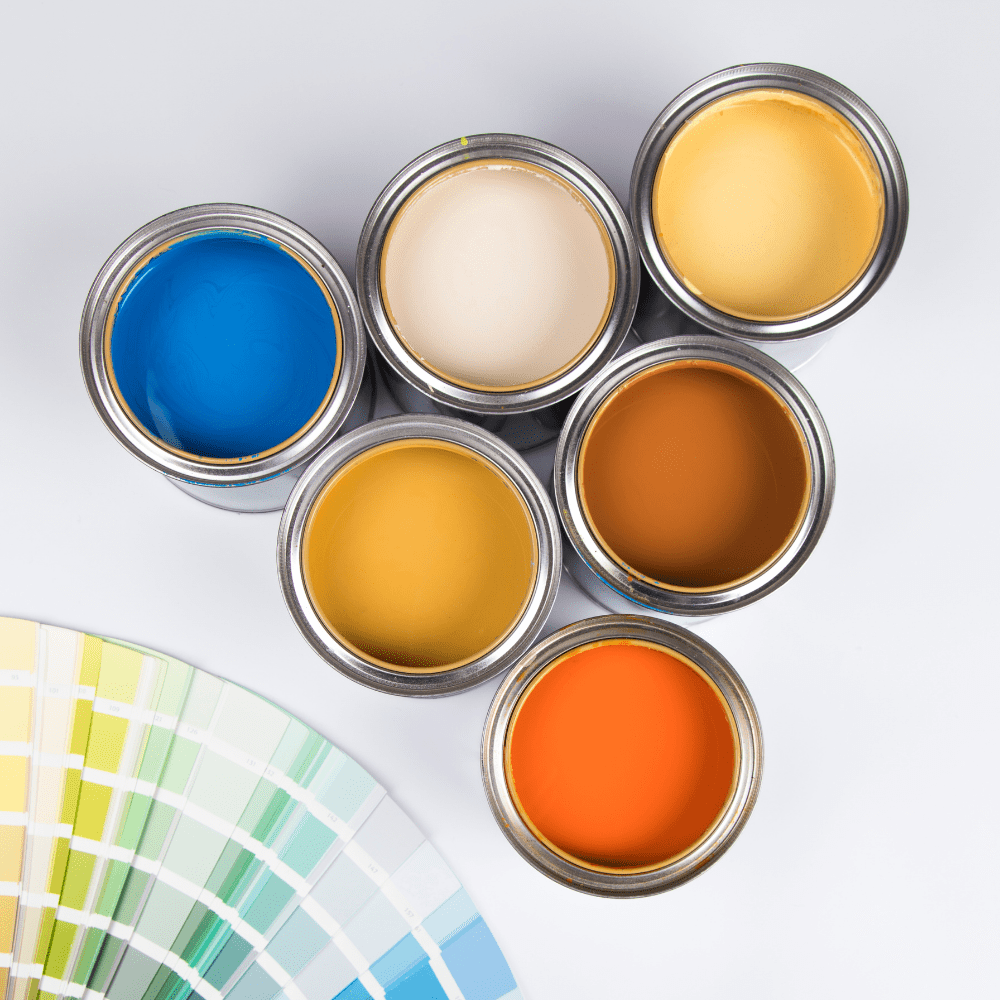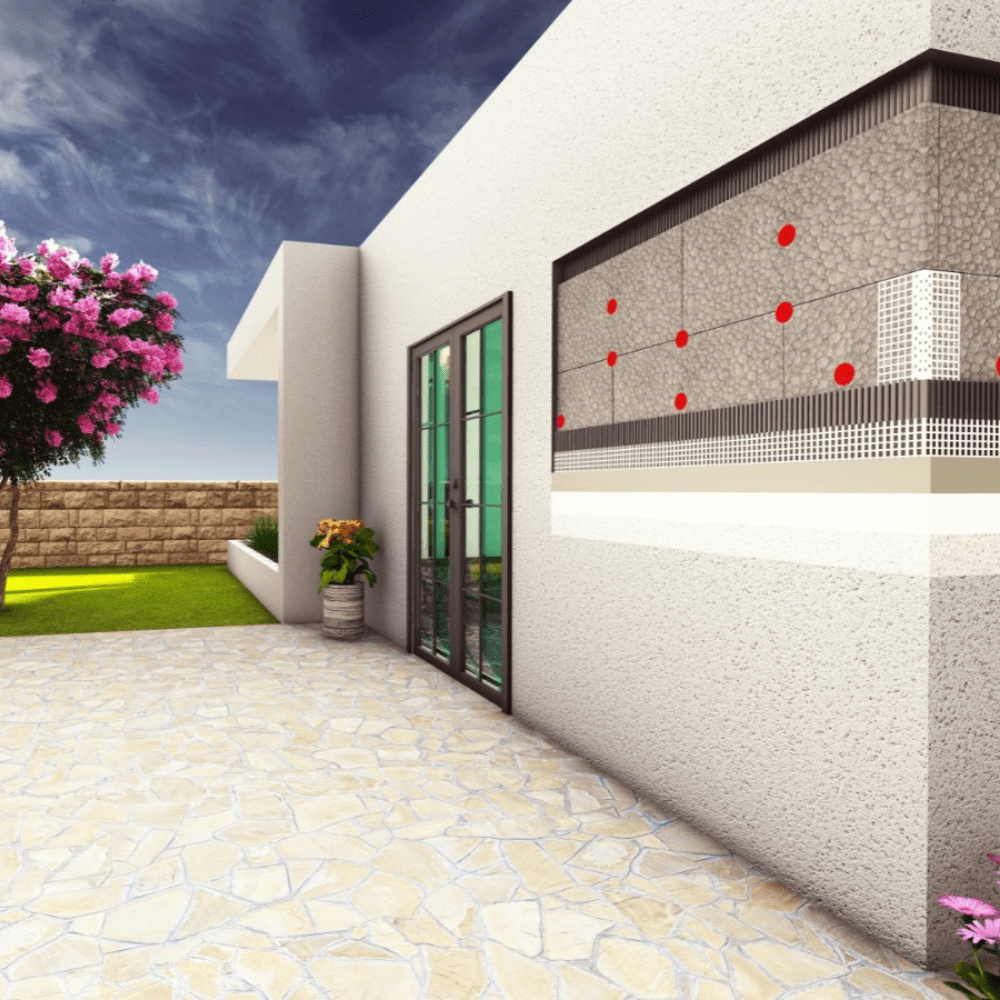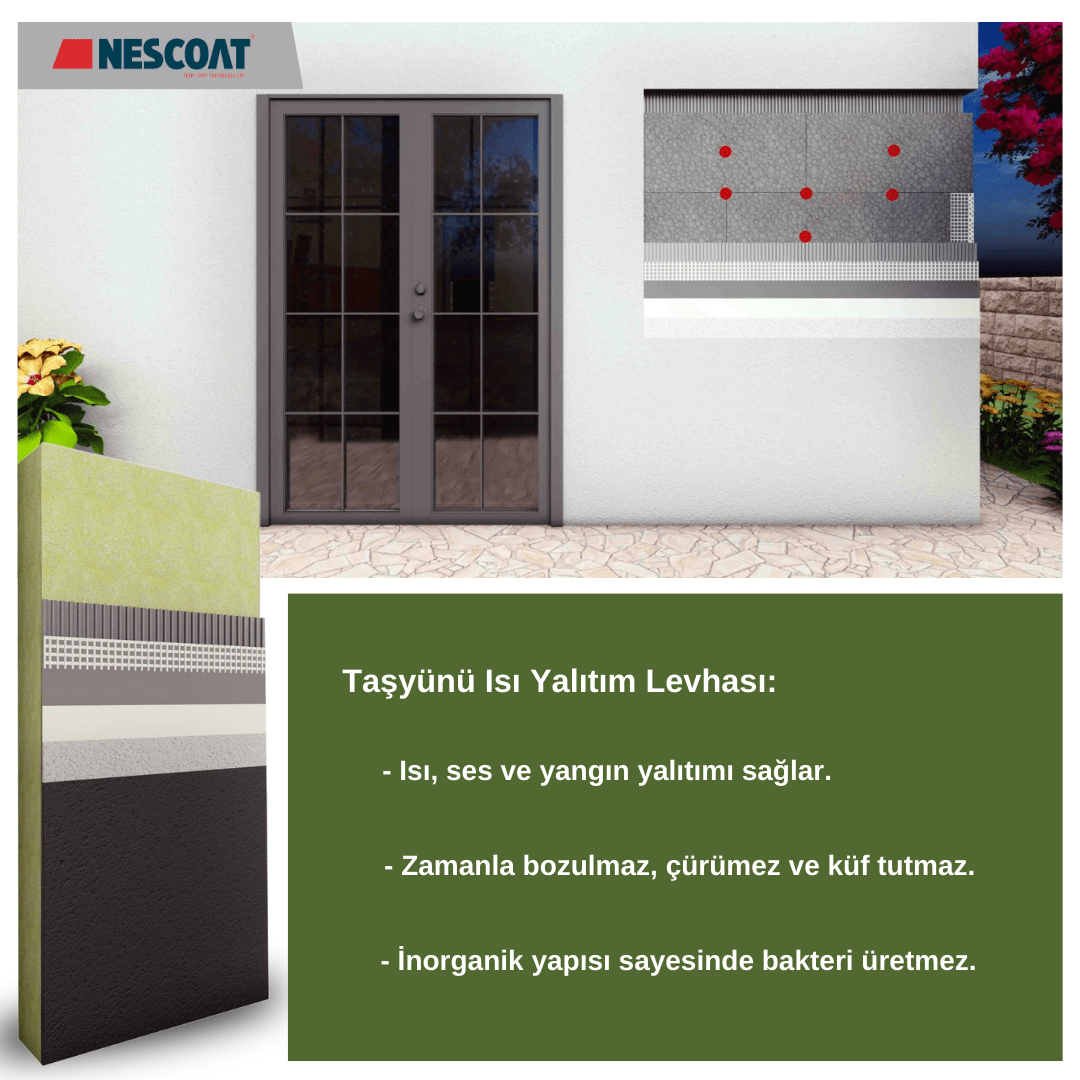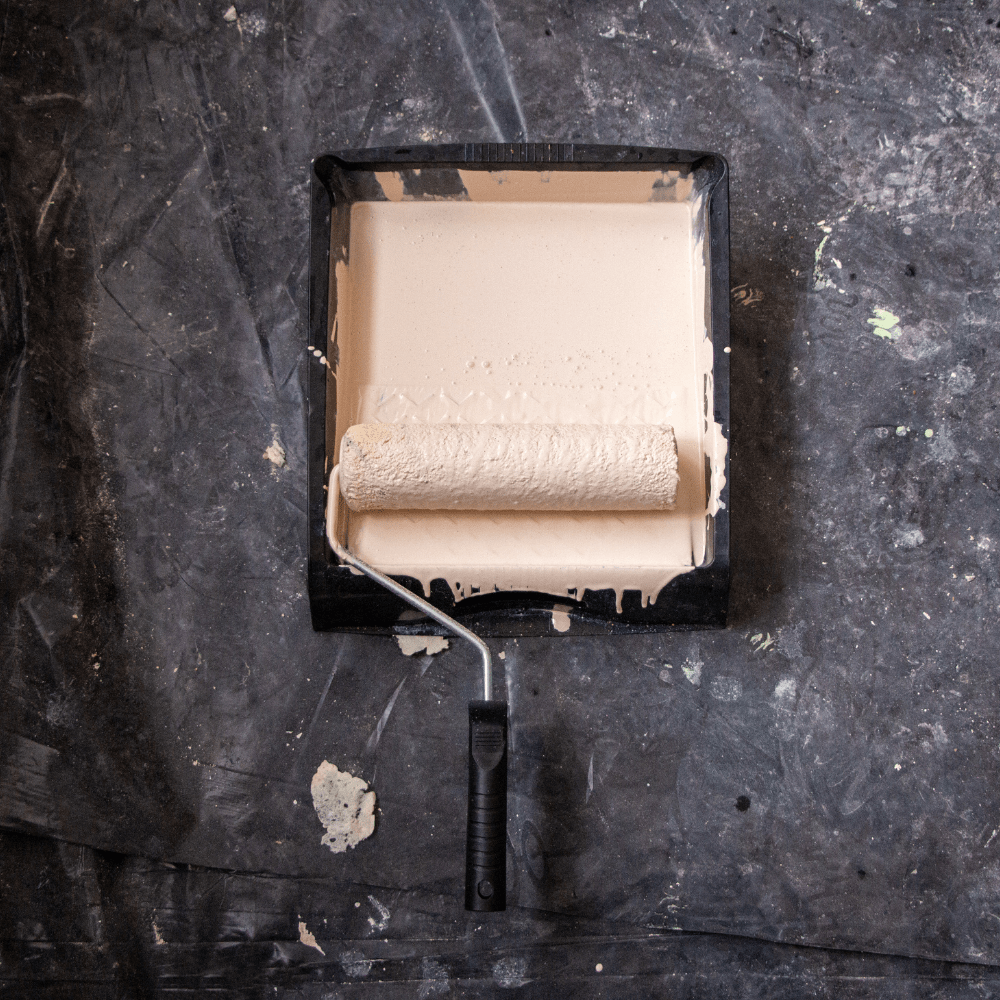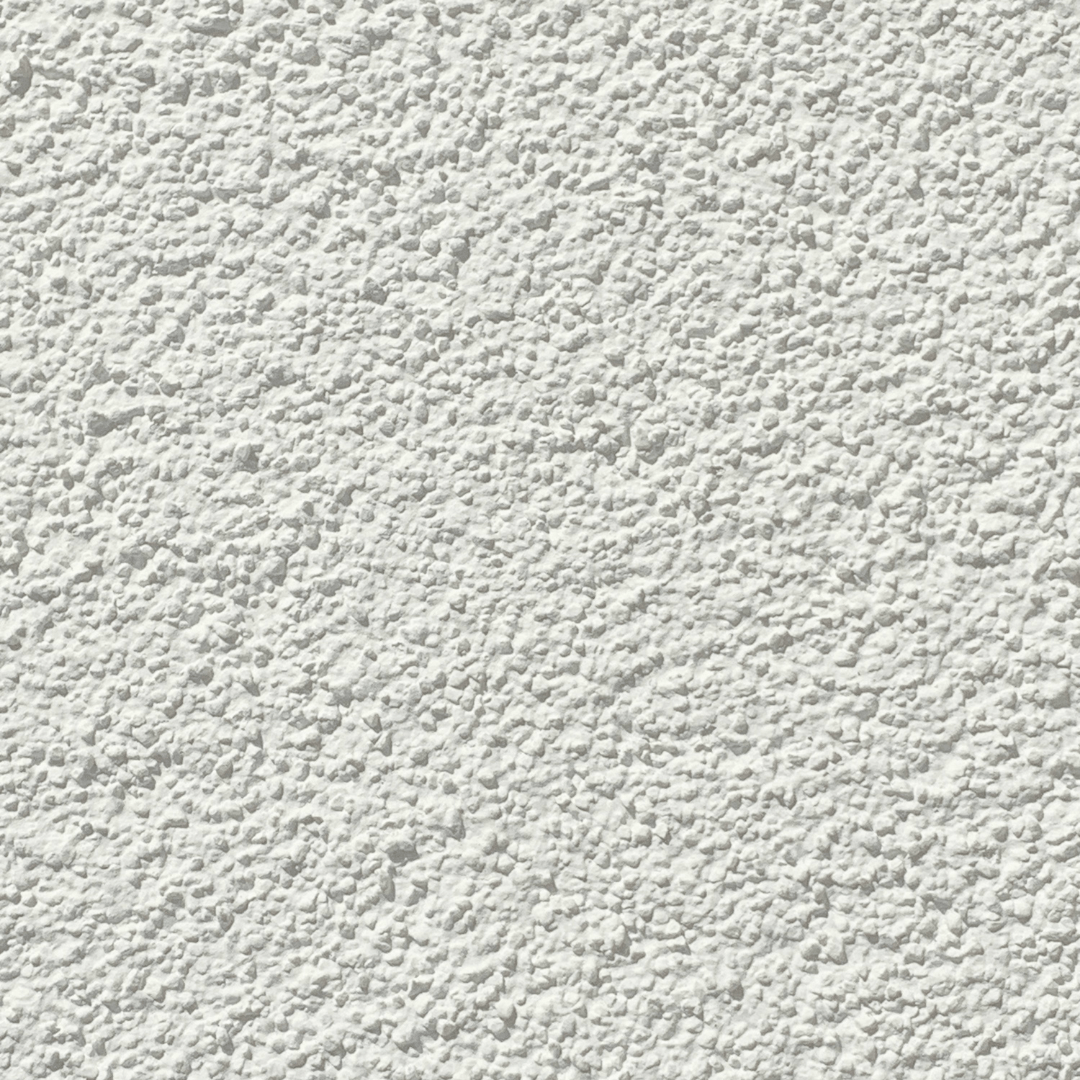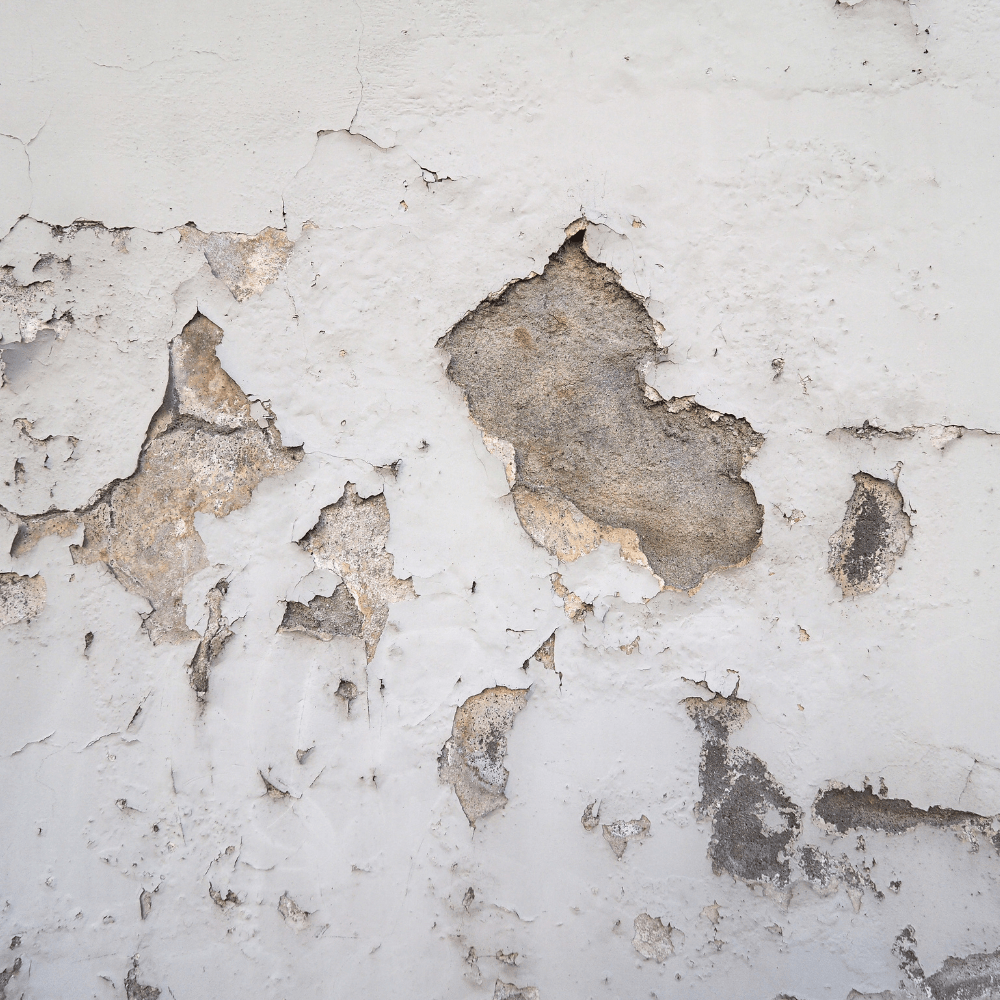Terraces are important areas that extend the outdoor spaces of homes and buildings, making them more functional. However, due to their exposure to external elements, terraces can develop serious structural issues if not properly waterproofed. Waterproofing terraces is essential for providing a comfortable living space and prolonging the life of the structures.
The Importance of Waterproofing Terraces are constantly exposed to external factors such as rain, snow, and humidity. This exposure can lead to water seeping into structural elements and causing significant damage over time. The main problems that can arise in terraces without waterproofing include:
Water Leaks and Dampness: Water leaks can lead to dampness on terraces and the growth of mold and mildew inside. Damage to Concrete and Steel Reinforcements: Water can reach the steel reinforcements within the concrete, causing rust and structural weakening. Degradation of Thermal Insulation: Water can damage thermal insulation materials, reducing energy efficiency and causing heat loss. Aesthetic Deterioration: Water leaks can cause stains, blisters, and cracks on terrace surfaces, creating an unappealing appearance. Waterproofing Methods for Terraces There are various methods and materials available to provide effective waterproofing for terraces. Here are some common waterproofing methods:
Bituminous Membranes: Bituminous membranes are laid on the terrace surface to create a waterproof layer. They are usually applied using a hot application method and provide durable waterproofing. Polyurethane-Based Waterproofing Materials: Polyurethane-based materials are used to waterproof terraces. Applied in liquid form, they create a seamless layer on the surface. Their flexible nature helps prevent cracks. Acrylic-Based Waterproofing Products: Acrylic-based waterproofing materials can be applied to the terrace surface. These materials offer long-lasting protection with high UV resistance. Cement-Based Waterproofing Mortars: Cement-based waterproofing mortars are applied to the terrace surface to create a water-resistant layer. They are typically used under tiles and ceramics. Tips for Proper Waterproofing Surface Preparation: Before waterproofing, the terrace surface should be cleaned and smoothed. Cracks and holes should be repaired. Material Selection: Waterproofing materials suitable for the terrace's characteristics and climate conditions should be selected. Professional Application: Waterproofing procedures should be applied using correct techniques by professionals. Maintenance and Inspection: Waterproofing should be regularly inspected and maintained as needed. Conclusion Effective waterproofing on terraces prolongs the life of structures and provides comfortable living spaces. At Nescoat, we offer the best waterproofing solutions for your terraces.

